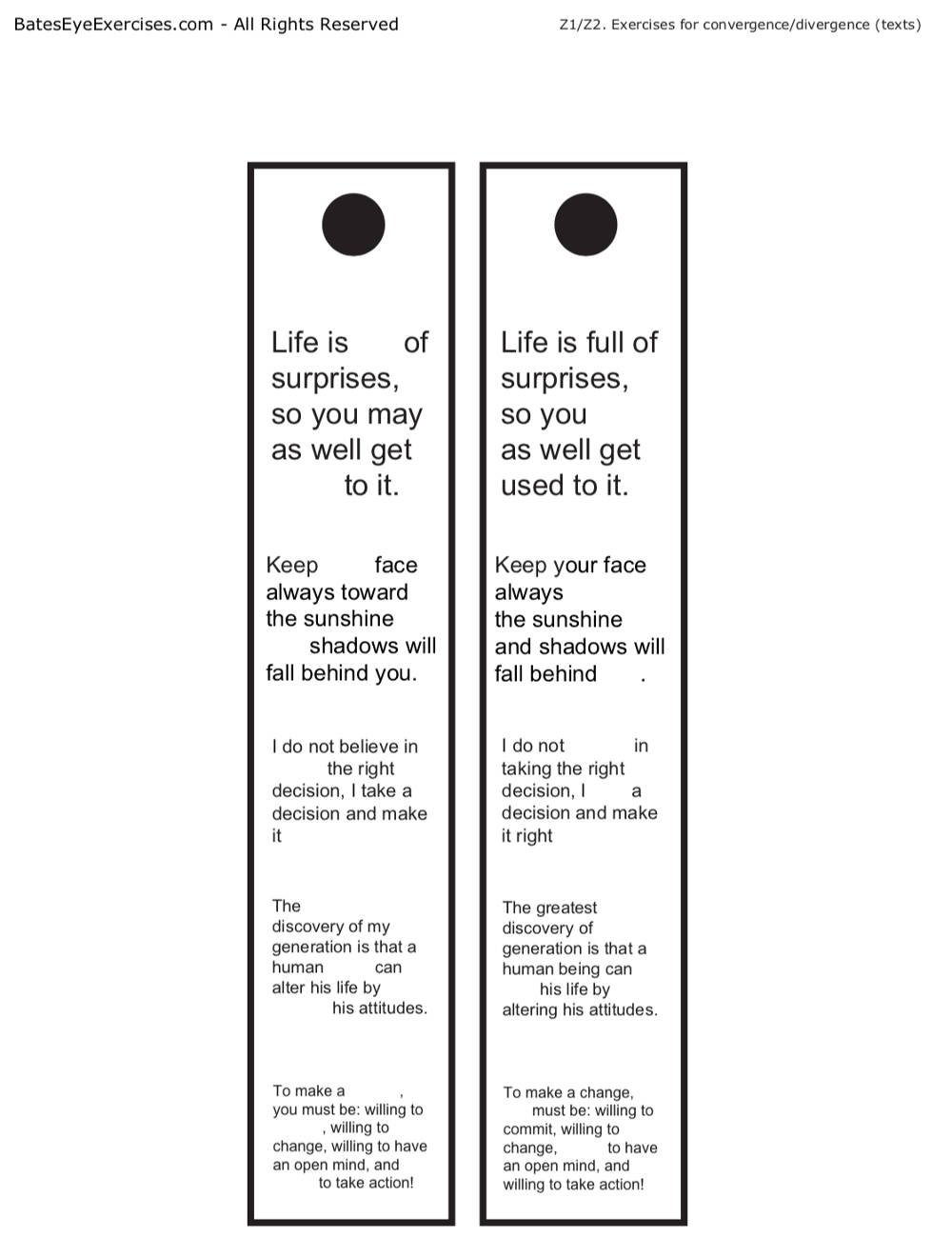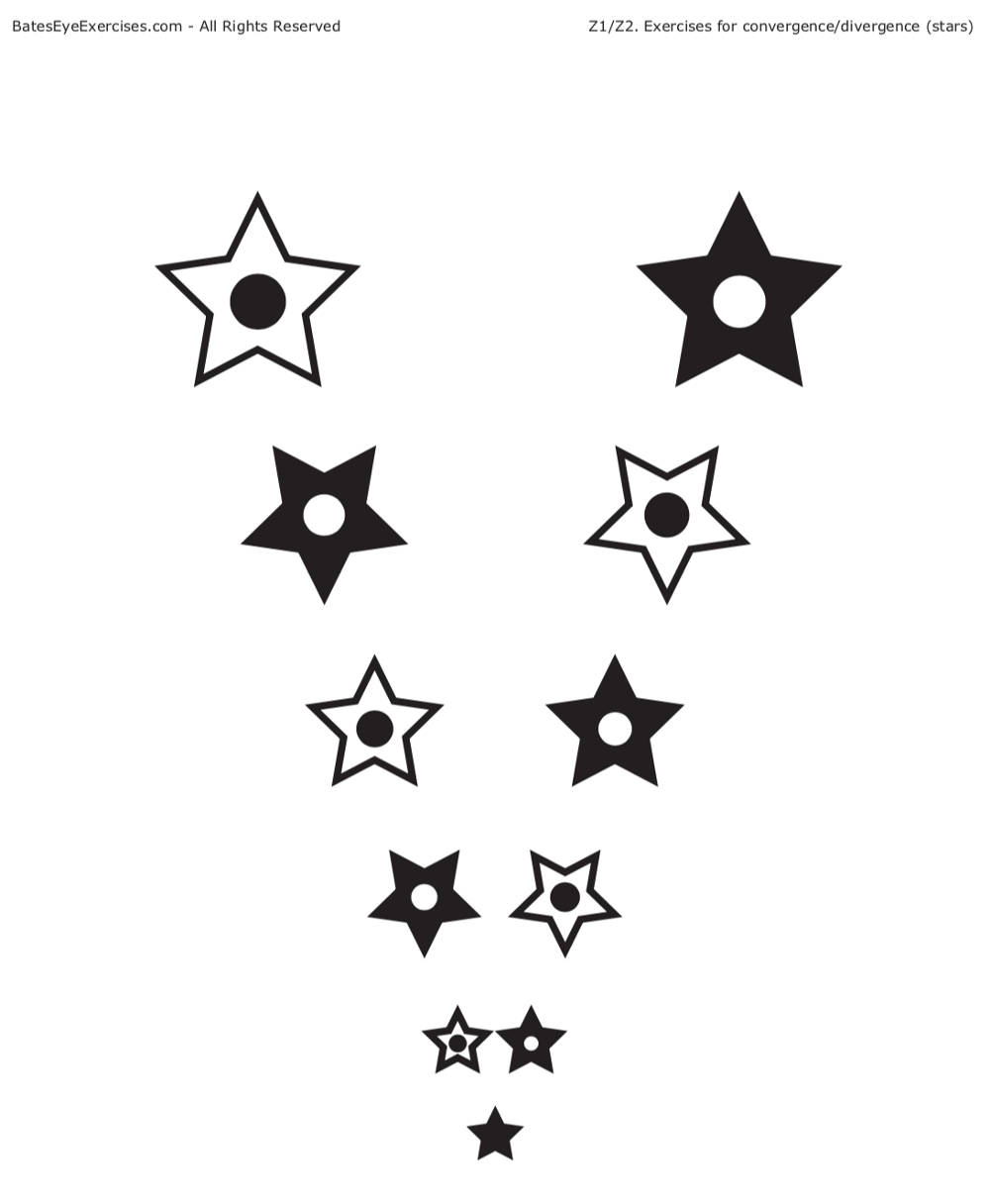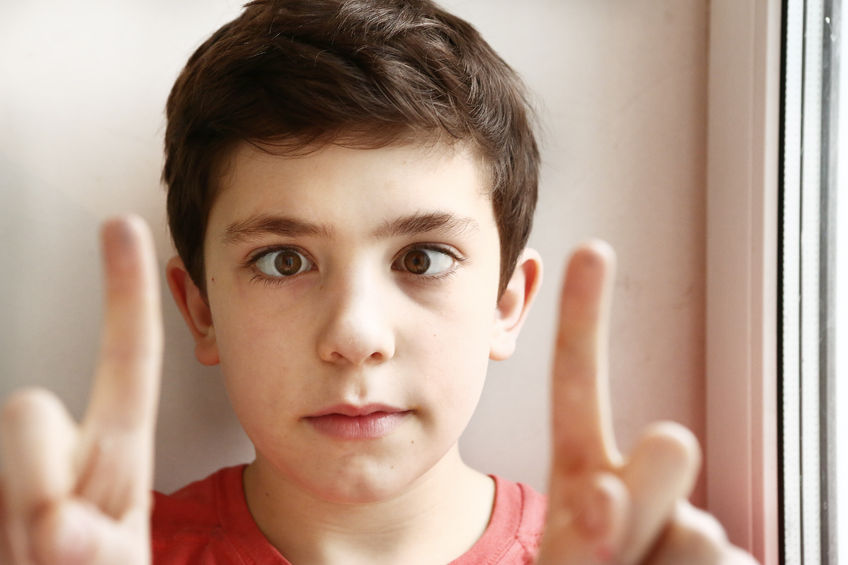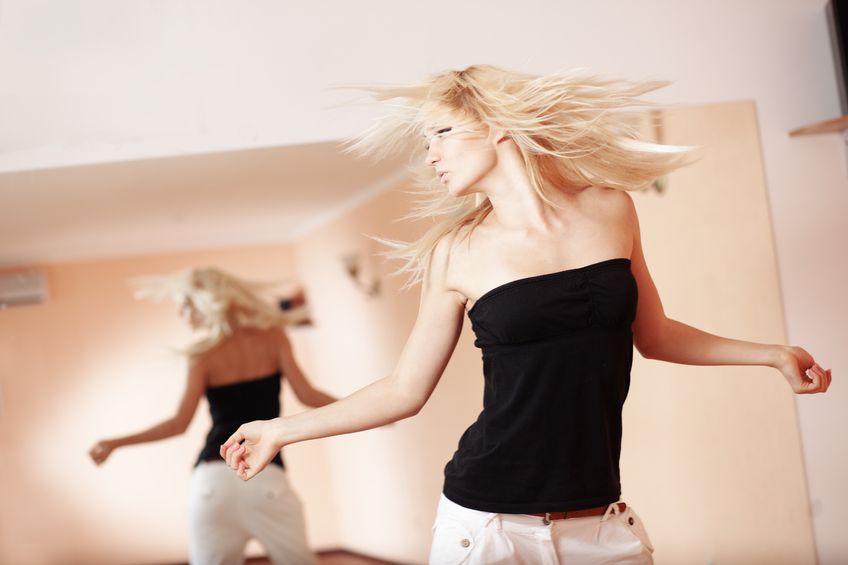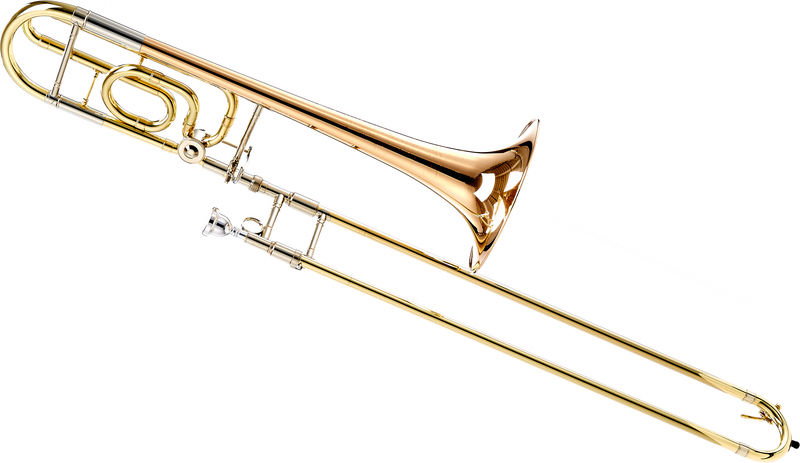
The healthy eyes have a natural ability to converge on an object seen in such a way that the image is at most in the center of the yellow spot. You have certainly noticed that when looking at near objects the eyes converge naturally, while in the case of far objects the eyes set practically in parallel to each other. In both cases our sight has an extraordinary ability to keep the near and far objects in high sharpness. Of course, this refers only to the healthy sight with no convergence disorder.
The proper convergence allows deep and correct reception of the depth of sharpness of the world in 3D. The brain is able to automatically collect the images from the right and left eye in one three-dimensional whole. This ability helps us, among others, to assess the distance from us to the seen objects. Convergence disorder, when not treated medically, can lead to the development of the convergent or divergent squint.
More information on this defect can be found here
